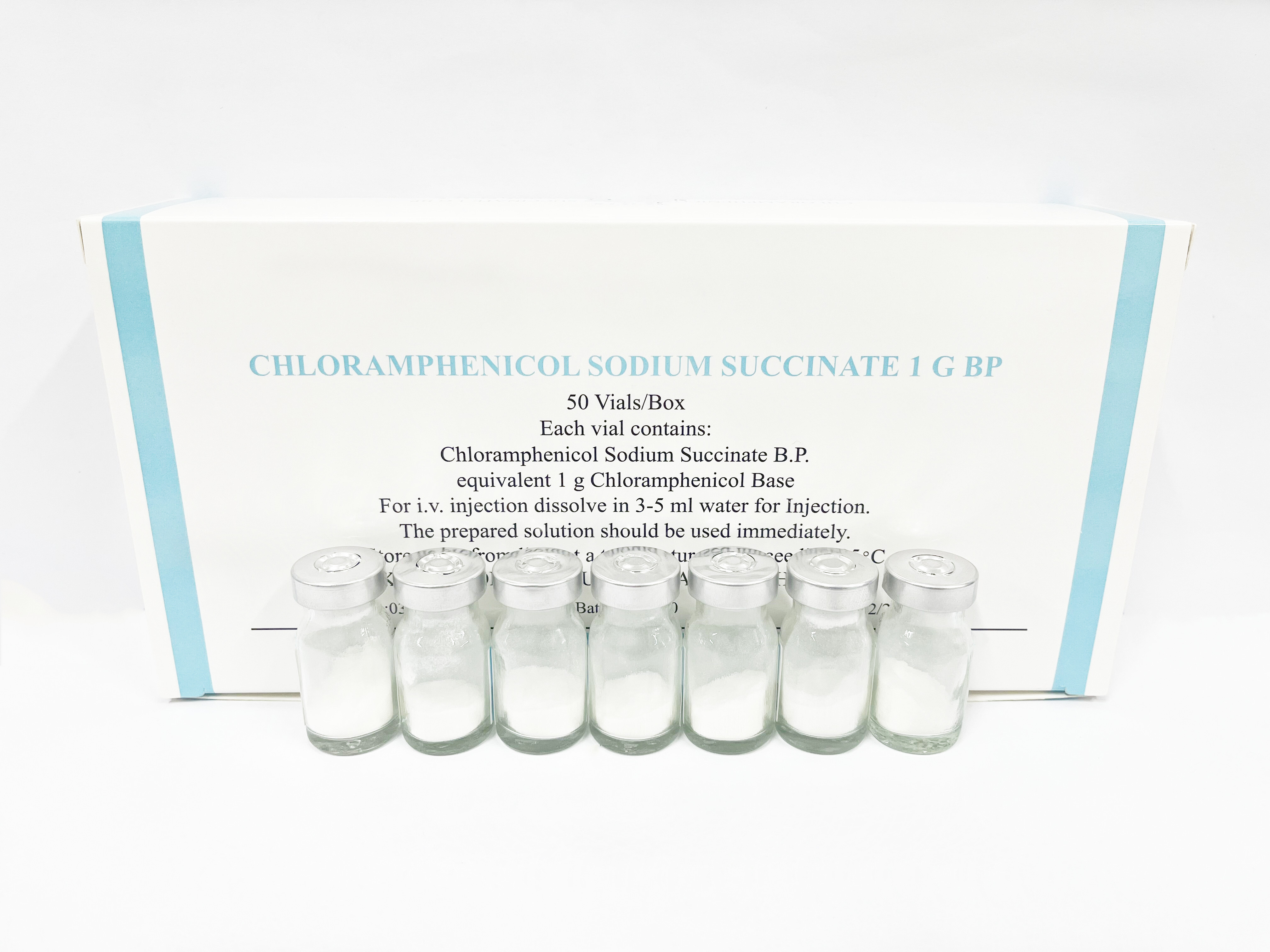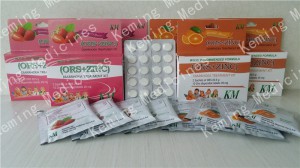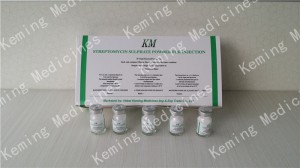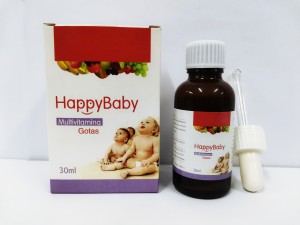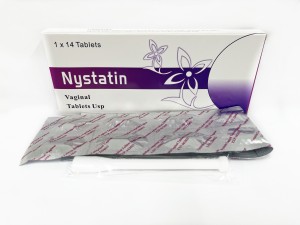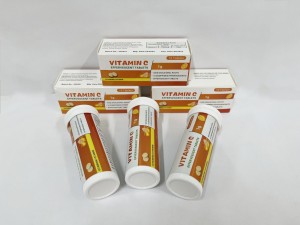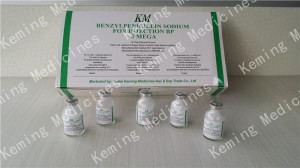Chloramphenicol Sodium Succinate is a white or yellowish-white hygroscopic powder. 1.4 g of monograph substance is approximately equivalent to 1 g of chloramphenicol.
Precaution
Chtoramphenicot is contra-indicated in patients with a history of hypersensitivity or toxic reaction to the drug. It should never be given systemicalty for minor infections or for prophylaxis. concomitant administration of chtoramphenicot with other drugs tiable to depress bone-marrow funetion should be avoided. Reduced closes should be given to patients with impaired liver function. Chloramphemcol may interfere with the development of immunity and it should not given during active immunisation.
Interactions
Chloramphenicol is mactivated in the liver and may, therefore, interact with drugs that are metabolised by hepatic microsomal enzymes. For example, chloramphenicol enhances the effects of coumarm anticoagulants such as dicoumarol and warfarin sodium, some hypoglycemic such as chlorpropamide and tolbutamide, and antiepiteptics such as phenytoin, and may reduce the metabolism of cuctophosphamufe to its active form. Conversely the metabolism of chloramphemcol may be mcreased by mducers of hepatic enzymes such as phenobarbitone or nfampicin. Contradictory results have been reported with paracetamol and phenytoin. Chloramphenicol may decrease the effects of iron and vitamin Bi2 in anaemic patients and impair the action of oral contraceptives.
Antimicrobial Action
Chloramphe.nicol is g bacteriostatic antibiotic witi a broad spectrum of action against both Gram-posi-tive and Gram-negative bacteria, as well as some other organisms.
Uses and Administration
V The liability, of chloranphenicol to provoked life-threatemng adverse effects, particularly bone-mar-row aplasia,. has severely limited its clinical usefulness, although it is still widely used in some countries. It should never be giyen systemically, for minor infections and regular blood counts are usually advisable during treatment. The third-generation cephalosporins are now favoured for many of the former indications of chlorampheniclo. There are consequently few unambiguous indications for the use of chloramphenicol. It has been used in severe typhoid and other salmonellal infections, although it does not eliminate the earner state. Chloramphenicol is an alternative to a third-generation cephalosporin in the treatment of bacterial meningitis, both epirically and against sensitive organisms such as Haemophtlus tnfluenzae. It has been used in the treatment of severe anaerobic infections, patricularly in brain abscesses, and in infections below the diaphragm where Bacteroides fragitis is often implicated; however, other drugs are usually preferred. Although the tetracyclines remain the treatment ot choice in rickettsial infections such as typhus and the s,potted fevers, chforamphenicol is also used as an alternative where the tetracyclines, cannot be given.
Other bacterial infections in which chloramphenicol may be used as an alternative to other drugs include anthrax, severe systemic infections with Campylobacter fetus, ehrlichiosis, severe gastro-ententis, ,gas gangrene, granuloma inguinale, severe Haemophitus influenzae infections other than meningitis (for example in epiglottitis), listeriosis, severe metioidosis, plague (especially if meningitis develops), psittacosis, tularaemia (especial[y when meningitis is suspected), and Whipple’s disease. For, details of these infections and their treatment..
Chioramphenicol is extensively used in the topical treatment, of ear and, m particular, eye mfections, despite the fact that many of these are mild and selflimitmg. It is also used topically m the treatment of skm infections. Doses are expressed m terms of chloramphenicol base and are similar whether administered by mouth or intravenously. For adults and children ,the usual dose is5O mg per kg body-weight daily in divided doses every 6 hours; up to 100 mg per kg daily may be given m meningitis or severe infections due to moderately resistant organisms, although these higher doses should be reduced as soon as possible. To minimise the nsk of relapse it has been recommended that treatment should be contmued after the patient’s temperature has returned to normal for a further 4 days m nckettsial diseases and for 8 to 10 days in typhoid lever.
Where there is no alternapve to the use of çhloramphenicol, premature and full-tern, neonates may be give daily doses of 25 mg per kg body-weight and full-term infants over the age of 2 weeks ,ay be given up to 50 mg per kg daily, m 4 divided doses: Momtoring of plasma concentrations is essential to,avoid toxicity.
In patients with impaired he.patic function or severe renal inipainnent the dose of chloramphenicol may need to the recfuced because of decreasecimelabolism or excretion.
In the treatment of eye mfections chloramphenicol is usually applied as a 0.5% solution or as a 1% ointment.
Adverse Effects
Chloramphemcol may cause serious and sometimes fatal adverse effects. Some of its toxicity is thought to be due to effects on mitochondnal protein synthesis. The most senous adverse effect of chloramphemcol is its depression of the bone marrow, which can take 2 different forms. The first is a fairly common dose-related reversible depression occurring usually when plasma-chloramphenicol concentrations exceed 25 ug permL and is characterized by morphological chapges m the bone marrow, decreased iron utilization, reticulocylopenia anaemia, leucopenia and thrombocytopenia. This effect may be due to inhibition of protein synthesis in the mitochomária of bone marrow cells., Hypersensitivity reactions mctuding rashes, fever, and angioedema may occur especially after topical use; anaphylaxis has occurred but is rare, Jansch-Herxheimer-like reactions may also occur. Gastrointestinal symptoms including nausea, vomiting, and diarrhoea can follow oral administration. Disturbances of the oral and intestinal flora ,may cause stomatitis, glossitis, and rectal irntation, Patients may experience an intensely bitter taste following rapid intravenous administration of chloramphenicot sodium succinate.
Overdosage
Charcoal haemoperfusion was found to be far superior to exchange transfusion in the remval of chloramphenicol form blood, although it did mot prevent death m a 7-week-old mfant with the grey baby syndrome following a crosage error.
Shelf Time:
Three years





